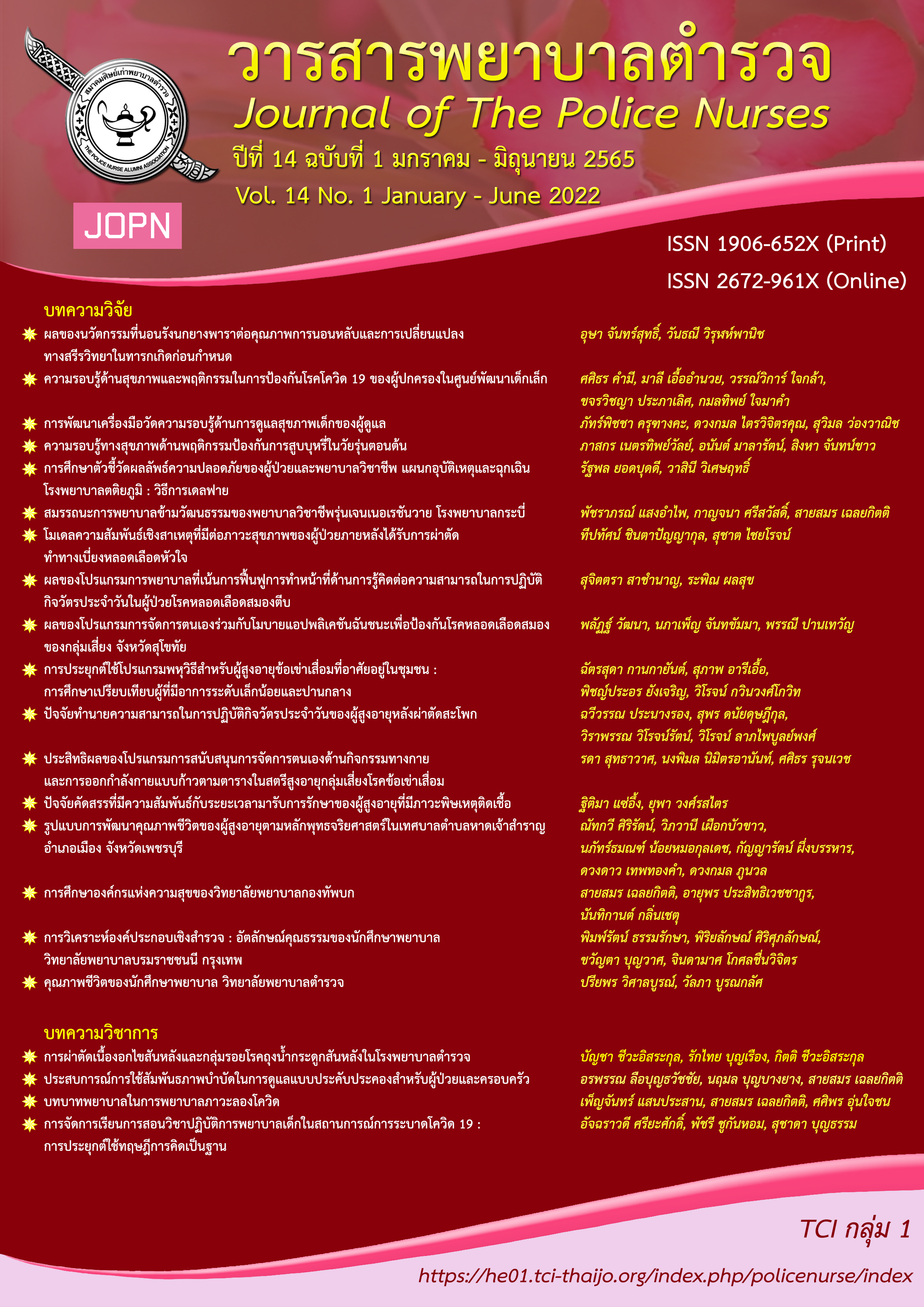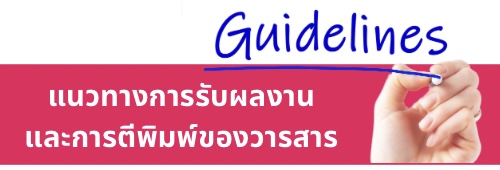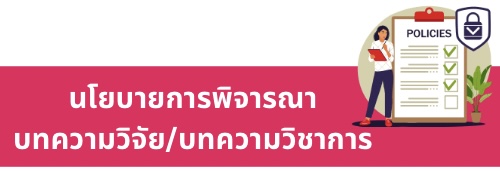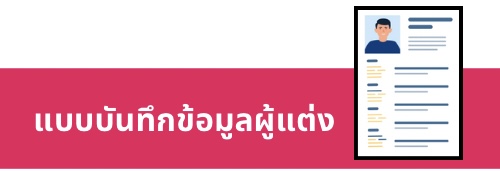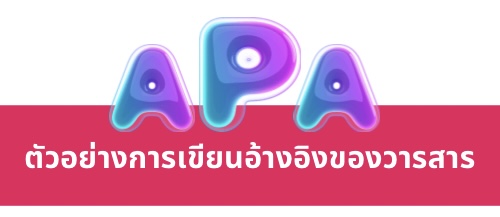การพัฒนาเครื่องมือวัดความรอบรู้ด้านการดูแลสุขภาพเด็กของผู้ดูแล
คำสำคัญ:
ความรอบรู้ด้านการดูแลสุขภาพ, ความรอบรู้ด้านสุขภาพ, การเลี้ยงดูฟูมฟัก, ผู้ดูแลเด็กบทคัดย่อ
การดูแลเด็กให้มีสุขภาวะที่ดีทั้งด้านร่างกาย จิตใจ สังคม อารมณ์ และสติปัญญา ผู้ดูแลเด็กจะต้องมีความรอบรู้ด้านการดูแลสุขภาพเด็ก สามารถสืบค้นข้อมูลและนำความรู้ที่ได้มาประยุกต์ใช้ในการดูแลสุขภาพเด็กให้มีสุขภาวะที่ดี การวิจัยครั้งนี้เป็นการวิจัยเชิงสำรวจ มีวัตถุประสงค์เพื่อ 1) วิเคราะห์องค์ประกอบของความรอบรู้ด้านการดูแลสุขภาพเด็กของผู้ดูแล และ 2) พัฒนาและตรวจสอบคุณภาพเครื่องมือวัดความรอบรู้ด้านการดูแลสุขภาพเด็กของผู้ดูแลกับข้อมูลเชิงประจักษ์ กลุ่มตัวอย่างเป็นผู้ดูแลเด็กที่ปฏิบัติงานในศูนย์พัฒนาเด็กเล็ก จำนวน 345 คน เครื่องมือที่ใช้ในการวิจัยเป็นแบบวัดความรอบรู้ด้านการดูแลสุขภาพเด็กของผู้ดูแลเด็ก ตรวจสอบคุณภาพของเครื่องมือวัดได้ค่าสัมประสิทธิ์โอเมกาเท่ากับ .967 และใช้การวิเคราะห์องค์ประกอบเชิงยืนยัน โดยใช้โปรแกรม Mplus
ผลการวิจัยพบว่า องค์ประกอบเชิงยืนยันของโมเดลการวัดความรอบรู้ด้านการดูแลสุขภาพเด็กของผู้ดูแล ประกอบด้วย 2 องค์ประกอบ ได้แก่ 1) ความรอบรู้ด้านสุขภาพ ประกอบด้วย การเข้าถึงข้อมูลสุขภาพและบริการสุขภาพ ความรู้ความเข้าใจทางสุขภาพ ทักษะการสื่อสาร ทักษะการจัดการตนเอง ทักษะการตัดสินใจ และการรู้เท่าทันสื่อ และ 2) การเลี้ยงดูฟูมฟัก ประกอบด้วย การดูแลให้มีสุขภาพดี การดูแลให้ได้รับโภชนาการที่เพียงพอ การดูแลที่สนองตอบ การดูแลความมั่นคงและความปลอดภัย และการให้โอกาสสำหรับการเรียนรู้ตั้งแต่ระยะเริ่มแรก โดยผลการตรวจสอบความสอดคล้องของโมเดลการวัดความรอบรู้ด้านการดูแลสุขภาพเด็กของผู้ดูแลมีความสอดคล้องกับข้อมูลเชิงประจักษ์ (2 (343, N = 345) = 446.23, p = .0001, CFI = .979, TLI = .974, SRMR = .051, RMSEA = .030, AIC = 14556.473, BIC = 15140.692,
2 /df = 1.30) โดยมิติของความรอบรู้ด้านสุขภาพมีค่าน้ำหนักองค์ประกอบในรูปคะแนนมาตรฐานอยู่ระหว่าง .552 - .955 ส่วนมิติของการเลี้ยงดูฟูมฟักมีค่าน้ำหนักองค์ประกอบในรูปคะแนนมาตรฐานอยู่ระหว่าง .446 - .971 ผลที่ได้จากการวิจัยนี้สามารถนำเครื่องมือนี้ไปใช้ในการประเมินความรอบรู้ด้านการดูแลสุขภาพเด็กของผู้ดูแล และเป็นการสะท้อนให้เห็นถึงจุดแข็งและจุดอ่อนที่ควรพัฒนาของผู้ดูแลเด็ก นำไปสู่การการออกแบบระบบการส่งเสริมผู้ดูแลเด็กของศูนย์พัฒนาเด็กเล็กให้มีคุณภาพต่อไป
Downloads
เอกสารอ้างอิง
Abad, F. J., Sorrel, M. A., Garcia, L. F., & Aluja, A. (2018). Modeling general, specific, and method variance in personality measures: Results for ZKA-PQ and NEO-PI-R. Assessment, 25(8), 959-977. https://doi.org/10.1177/1073191116667547
Abrams, E. M. (2020). The impact of caregiver health literacy on pediatric asthma: An integrative review. Pediatric Allergy, Immunology, and Pulmonology, 33(3), 110-116. https://doi.org/10.1089/ped.2020.1192
Baumrind, D. (1971). Current patterns of parental authority. Developmental Psychology Monograph, 4(1), 1-103.
Britto, P. R., Lye, S. J., Proulx, K., Yousafzai, A. K., Matthews, S. G., Vaivada, T., . . . MacMillan, H. (2017). Nurturing care: Promoting early childhood development. The Lancet, 389(10064), 91-102. http://dx.doi.org/10.1016/S01406736(16)31390-3
Choeisuwan, V. (2017). Health literacy: Concept and application for nursing practice. Royal Thai Navy Medical Journal, 44(3), 183-197.
Deng, L., & Chan, W. (2017). Testing the difference between reliability coefficients alpha and omega. Educational and Psychological Measurement, 77(2), 185-203. https://doi.org/10.1177/0013164416658325
Hair, J. F., Black, W. C., Babin, B. J., & Anderson, R. E. (2010). Multivariate data analysis (7th ed.). New Jersey, NJ: Pearson Education.
Hickey, K. T., Creber, R. M. M., Reading, M., Sciacca, R. R., Riga, T. C., Frulla, A. P., & Casida, J. M. (2018). Low health literacy: Implications for managing cardiac patients in practice. The Nurse practitioner, 43(8), 49-55. https://doi.org/10.1097/01.NPR.0000541468.54290.49
Kaewkohsaba, S., Piromsombat, C., & Wongwanich, S. (2020). Guidelines for enhancing graduate students’ educational research competency in digital age: Application of adaptive design approach. Journal of Research Methodology, 33(1), 47-65.
Morrison, A. K., Glick, A., & Yin, H. S. (2019). Health literacy: Implications for child health. Pediatrics in Review, 40(6), 263-277. https://doi.org/10.1542/pir.2018-0027
Muthen, L. K., & Muthen, B. O. (2017). Mplus user’s guide (8th ed.). Los Angeles, CA.
Myers, L., & Murray, R. K. (2019). Overcoming health literacy barriers to improve asthma inhaler therapy adherence. Annals of the American Thoracic Society, 16(2), 182-186. https://doi.org/10.1513/AnnalsATS.201805-338PS
Nutbeam, D. (2008). The evolving concept of health literacy. Social science & medicine, 67(12), 2072-2078. https://doi.org/10.1016/j.socscimed.2008.09.050
Pattanaphon, O., Haenjohn, J., & Tongkhambanchong, S. (2019). Development of health literacy model for pre-service teachers. Journal of Research and Curriculum Development, 9(2), 121-137.
Pelle, C. D., Orsatti, V., Cipollone, F., & Cicolini, G. (2018). Health literacy among caregivers of patients with heart failure: A multicentre cross-sectional survey. Journal of Clinical Nursing, 27, 859-865. https://doi.org/10.1111/jocn.14137
Phanprom, K., Traiwichitkhun, D., & Sriklaub, K. (2021). Development of STEM teacher’s competencies measurement instrument using TPACK-STEM framework. Journal of Educational Measurement, Mahasarakham University, 27(1), 49-64.
Pilapil, M., Coletti, D. J., Rabey, C., & De Laet, D. (2017). Caring for the caregiver: Supporting families of youth with special health care needs. Current Problems in Pediatric and Adolescent Health Care, 47(8), 190-199. http://dx.doi.org/10.1016/j.cppeds.2017.07.003
Pleasant, A., Rudd, R. E., O'Leary, C., Paasche-Orlow, M. K., Allen, M. P., Alvarado-Little, W., . . . Rosen, S. (2016). Considerations for a new definition of health literacy. Washington, DC: National Academy of Medicine.
Podsakoff, P. M., MacKenzie, S. B., Lee, J. Y., & Podsakoff, N. P. (2003). Common method biases in behavioral research:
A critical review of the literature and recommended remedies. Journal of Applied Psychology, 88(5), 879-903. https://doi.org/10.1037/0021-9010.88.5.879
Preacher, K. J., & Coffman, D. L. (2006). Computing power and minimum sample size for RMSEA. Retrieved from http://www.quantpsy.org/
Richter, L., Black, M., Britto, P., Daelmans, B., Desmond, C., Devercelli, A., . . . Vargas-Barón, E. (2019). Early childhood development: An imperative for action and measurement at scale. BMJ global health, 4(Suppl 4), e001302. https://doi.org/10.1136/bmjgh-2018-001302
Royal Thai Government Gazette. (2018). National strategy (2018-2037). Royal Thai Government Gazette, 135, 8.
Sanders, D., Nandi, S., Labonte, R., Vance, C., & Damme, W. V. (2019). From primary health care to universal health coverage-one step forward and two steps back. The lancet, 394(10199), 619-621. https://doi.org/10.1016/S0140-6736(19)31831-8
Shiho, M., Naoko, K., Takahiro, K., Michiyo, Y., Masako, K., Toshimi, I., & Miyuki, T. (2016). Development and validation of a heart failure–specific health literacy scale. Journal of Cardiovascular Nursing, 31(2), 131-139. https://doi.org/10.1097/JCN.0000000000000226
Sorensen, K., van den Broucke, S., Fullam, J., Doyle, G., Pelikan, J., Slonska, Z., & Brand, H. (2012). Health literacy and public health: A systematic review and integration of definitions and models. BMC public health, 12(1), 80.
Wittenberg, E., Goldsmith, J., Ferrell, B., & Ragan, S. L. (2017). Promoting improved family caregiver health literacy: Evaluation of caregiver communication resources. Psycho-oncology, 26(7), 935-942. https://doi.org/10.1002/pon.4117
Wolff, J. L., Spillman, B. C., Freedman, V. A., & Kasper, J. D. (2016). A national profile of family and unpaid caregivers who assist older adults with health care activities. JAMA International Medicine, 176(3). 372-379. https://doi.org/10.1001/jamainternmed.2015.7664
Wongchaiudomchoke, A., & Jurachainiwat, P. (2018). Parent’s roles in using technology and interactive media with preschoolers under the Bangkok primary educational service area in Klong Toei district. An Online Journal of Education, 13(1), 245-259.
World health organization. (2020). Primary health care. Retrieved from https://www.who.int/
World Health Organization, United Nations Children’s Fund & World Bank Group. (2018). Nurturing care for early childhood development: A framework for helping children survive and thrive to transform health and human potential. Geneva: World Health Organization.
Yuen, E. Y., Knight, T., Dodson, S., Chirgwin, J., Busija, L., Ricciardelli, L. A., . . . Livingston, P. M. (2018). Measuring cancer caregiver health literacy: Validation of the health literacy of care givers scale–cancer (HLCS-C) in an Australian population. Health & Social care in the community, 26(3), 330-344. https://doi.org/10.1111/hsc.12524
ดาวน์โหลด
เผยแพร่แล้ว
รูปแบบการอ้างอิง
ฉบับ
ประเภทบทความ
สัญญาอนุญาต
ลิขสิทธิ์ (c) 2022 วารสารพยาบาลตำรวจ

อนุญาตภายใต้เงื่อนไข Creative Commons Attribution-NonCommercial-NoDerivatives 4.0 International License.
ผลงานที่ได้ตีพิมพ์แล้วจะเป็นลิขสิทธิ์ของวารสารพยาบาลตำรวจ

